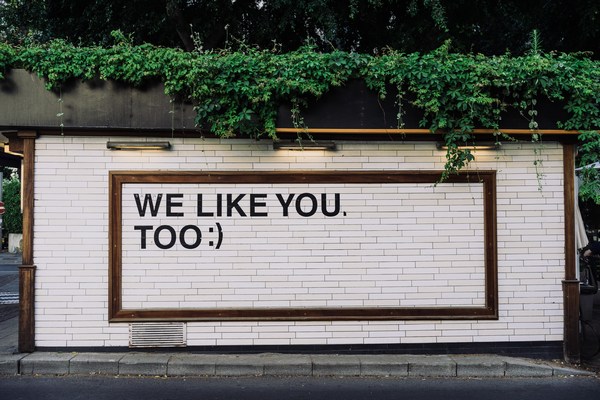Is my brand and website design any good?
Design is a funny thing.
Something can look beautiful but be useless, likewise a hideous looking thing can be super useful.
The challenge we, as a design agency, face every single day is to deliver something both beautiful and practical for our clients.
So how do we go about it?
Rule Number 1
Design is not creativity; they are two very different things.
Often a designer is not creative, and a creative thinker cannot design. This is because the two things are very different.
A designer brings order to things, whereas creativity wants to break out and be different.
The skill of being ‘creative’ in a commercial space is a Goldilocks’ recipe of balance and relevancy.
Like the porridge
- Too much creativity can burn the eyes, jarring against the message and be distracting
- Too little creativity is cold and dull
- You need just the right amount
Like the bears’ beds
- Too much relevancy is boring and hard to read
- Too little relevancy is fun, but vacuous and fluffy
- We need relevancy to be just right
Experience is the key to getting this balance right, so at Crush we lead all projects with one of two Directors, both of whom have delivered some hugely creative but practical brands and campaigns.
If you think your creativity balance is wrong please get in touch and we will happily offer our time to audit your companies design and creativity.
Rule Number 2
Take a big step back, remember you are not the client.
The design may not be for you. Business owners are not only the wrong person but often the worst person to be making a judgement about design.
This happens so easily, and within design agencies too, because as successful people we believe we know everything. This happened to me many years ago. I was working for a super-cool design agency and we were meeting the business owner of an up-and-coming fashion brand. After nearly two hours of discussing and sketching out ideas a horrible realisation dawned on me. We were all men, mostly over 30, yet the brand was a girls’ fashion for 12-24-year olds.
The most important person was missing from that room and the decisions being made.
Rule Number 3
Decision Making and Clear Instructions.
Before you invite a designer in make sure you know your business. Your clients, your target market, your proposition, your elevator pitch and business plan. If not look for someone to advise before hiring a designer.
As a design agency we see many projects where the client has asked a designer, or developer to make too many decisions.
Plan and think about who is make the decisions about your project and whether they are the right person to make that decision.
- Business owners make the commercial decisions
- The account director helps to makes the strategic decisions
- Designer makes the design decisions
- Developers makes the coding decisions
The account director is usually the missing ingredient in a creative project. It needs many years’ experience in advising sales, brand and marketing communications, as well as being a business owner. Someone like…, me, I guess.
Rule Number 4
Finding a good designer / design team
So you have done your prep work, you are clear on what you are doing, now you need a designer.
It took me about 5 years working alongside my business partner (graphic designer) to fully understand just how difficult it is and how talented she is.
Natural Talent
First off, some people have it, and some people just do not have a design eye.
Yes, it can be coached to some degree, but like running the 100 metres in under 10 seconds, I think real talent comes from genetics plus upbringing. Being fascinated with design from the day you are born.
Problem is, you cannot judge a designer until its too late, because modern design software can flatter and deceive.
Technical Knowledge
From the absorbency rate of paper to determine colour selection and mix on print jobs, through to digital rendering of fonts and the potential pixilation of images; the knowledge required to be a good designer is huge.
Attention to Detail
No matter how much you ask a client to check work, they always blame the designer for mistakes and typos. Its not fair, but attention to detail is a must for a good designer and a happy client.
Business and Life Experience
How do you guide a client on the right design, making the call on their appearance? Often in conflict with what the client thinks will look good. Experience.
It is so often the designer’s advice and guiding hand that helps a client choose a design that will work with their customers. And their diplomacy to avoid embarrassing and bad design.
